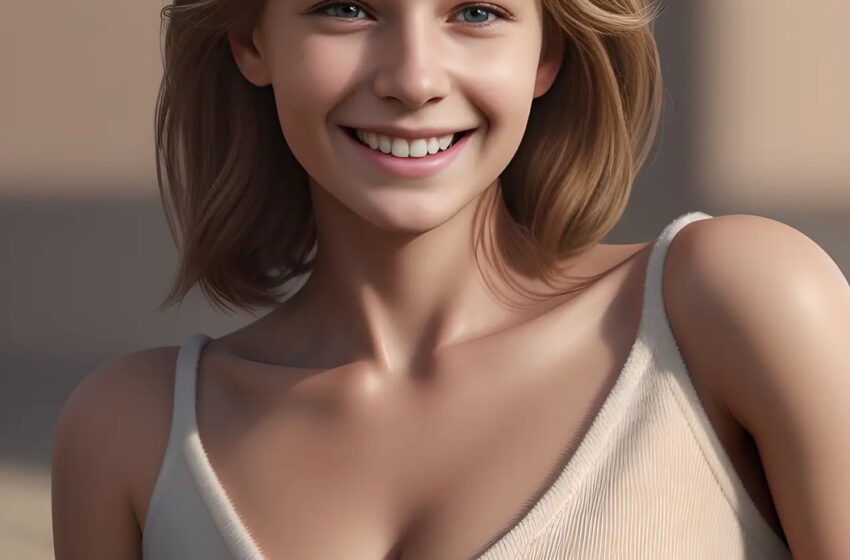Embracing the creative potential of nudification AI

In the realm of artificial intelligence (AI) and image processing, nudification AI stands out as a technology that holds both promise and intrigue. While it is often surrounded by ethical debates and concerns, there are numerous positive aspects to consider when exploring the creative potential of nudification AI. This post aims to shed light on the positive aspects of nudification ai and its potential applications across various domains.
How does AI nudification work?
AI nudity is carried out using sophisticated algorithms and deep learning models that have been trained on huge datasets of nude images. These models learn to recognize clothing and the human form, allowing them to predict what a person might look like without clothes. The process involves analyzing images of clothing, identifying the contours of the clothing, and then reconstructing hidden body parts with a high degree of accuracy.
The experimentation of nudification AI
First and foremost, nudification AI offers a new avenue for user expression and creativity. Users and digital creators can leverage this technology to explore themes of beauty, vulnerability, and identity in their work. By digitally removing clothing from images, artists can challenge societal norms and perceptions, inviting viewers to reconsider their perspectives on the human body and its representation in art. Nudification AI opens up possibilities for unconventional and thought-provoking artworks that push the boundaries of traditional artistic mediums.
Furthermore, undressing ai has practical applications in industries such as fashion design and prototyping. Designers can use nudification AI to visualize clothing designs on virtual models, allowing for rapid prototyping and iteration without the need for physical garments. This not only speeds up the design process but also reduces material waste and environmental impact. Nudification AI enables designers to experiment with different styles, fits, and fabrics, fostering innovation and creativity in the fashion industry.